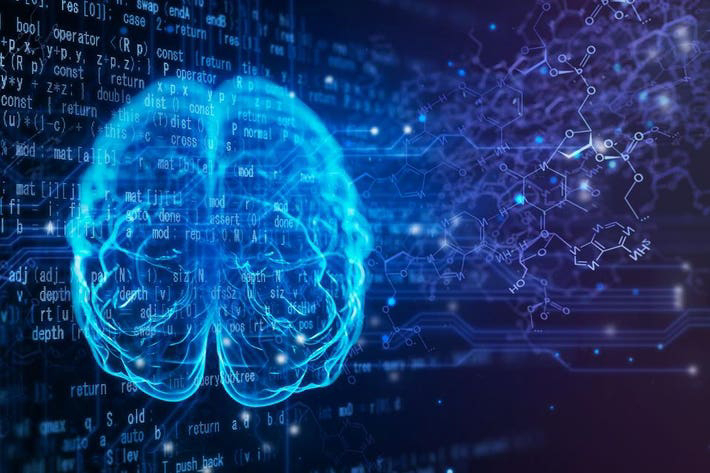Generative AI vs Traditional AI: Key Differences and Applications
Artificial Intelligence (AI) is revolutionizing various industries, enhancing efficiency, and enabling groundbreaking innovations. However, not all AI systems function the same way. Among the diverse branches of AI, Generative AI and Traditional AI stand out as two distinct approaches. This article explores their fundamental differences, highlights their unique applications, and provides insights into their impact on modern industries.
---
Understanding Generative AI
Generative AI refers to AI systems capable of creating new content or data based on learned patterns. Unlike traditional AI, which focuses on analyzing data and making predictions, generative AI emphasizes creativity and innovation.
How It Works
Generative AI uses advanced machine learning techniques, particularly Generative Adversarial Networks (GANs), Transformers, and Variational Autoencoders (VAEs). These models learn from vast datasets to generate outputs, such as images, text, audio, or even video, that resemble the original training data.
Key Features
Produces novel outputs rather than just classifying or predicting.
Learns complex patterns in unstructured data.
Utilizes advanced algorithms like GPT (Generative Pre-trained Transformer).
Examples
ChatGPT for text-based conversations.
DALL·E for creating realistic images.
Deepfake technology for video and audio synthesis.
---
Understanding Traditional AI
Traditional AI encompasses systems designed to solve specific problems using rule-based logic, supervised learning, or unsupervised learning. It excels in tasks like classification, regression, and optimization.
How It Works
Traditional AI typically involves training models with labeled datasets (supervised learning) or detecting patterns in unlabeled data (unsupervised learning). The focus is on accuracy, reliability, and efficiency in solving predefined tasks.
Key Features
Optimized for task-specific problem-solving.
Relies heavily on structured data.
Outputs deterministic results based on input conditions.
Examples
Fraud detection in financial systems.
Recommendation engines on e-commerce platforms.
Predictive maintenance in manufacturing.
---
Key Differences Between Generative AI and Traditional AI
---
Applications of Generative AI
Generative AI has disrupted numerous industries with its ability to produce creative and realistic outputs.
1. Content Creation
Automating blog writing, social media posts, and video editing.
Tools like Jasper AI or Writesonic aid marketers.
2. Healthcare
Creating synthetic medical data for training AI models.
Drug discovery using simulations.
3. Entertainment
Generating scripts, music, and digital artwork.
Powering video game design with dynamic environments.
4. Customer Interaction
Chatbots providing human-like responses.
Personalized recommendations in e-commerce.
---
Applications of Traditional AI
Traditional AI continues to dominate industries requiring reliability and precision.
1. Healthcare
Diagnosing diseases using image recognition systems.
Monitoring patient health with wearable devices.
2. Finance
Fraud detection using anomaly detection models.
Automated trading systems analyzing market trends.
3. Logistics and Supply Chain
Route optimization for delivery services.
Inventory management and demand forecasting.
4. Manufacturing
Predictive maintenance for machinery.
Quality control through defect detection.
---
Which Approach Is Better?
The choice between generative AI and traditional AI depends on the problem being addressed:
Choose Generative AI if the goal is to create or innovate, such as generating new content, simulating scenarios, or enhancing creative workflows.
Choose Traditional AI if the goal is to solve well-defined problems with clear parameters, such as fraud detection, process optimization, or predictive analytics.
---
Conclusion
Generative AI and traditional AI represent two distinct paradigms in the AI ecosystem. While generative AI is pushing boundaries in creativity and innovation, traditional AI remains indispensable for solving structured, data-driven problems. Both have unique applications and continue to shape the future of technology, making it essential for businesses and developers to understand their differences and leverage their strengths appropriately.
By combining these technologies, organizations can unlock unprecedented opportunities, blending creativity with precision to revolutionize industries.
.jpg)
.jpg)

Comments
Post a Comment